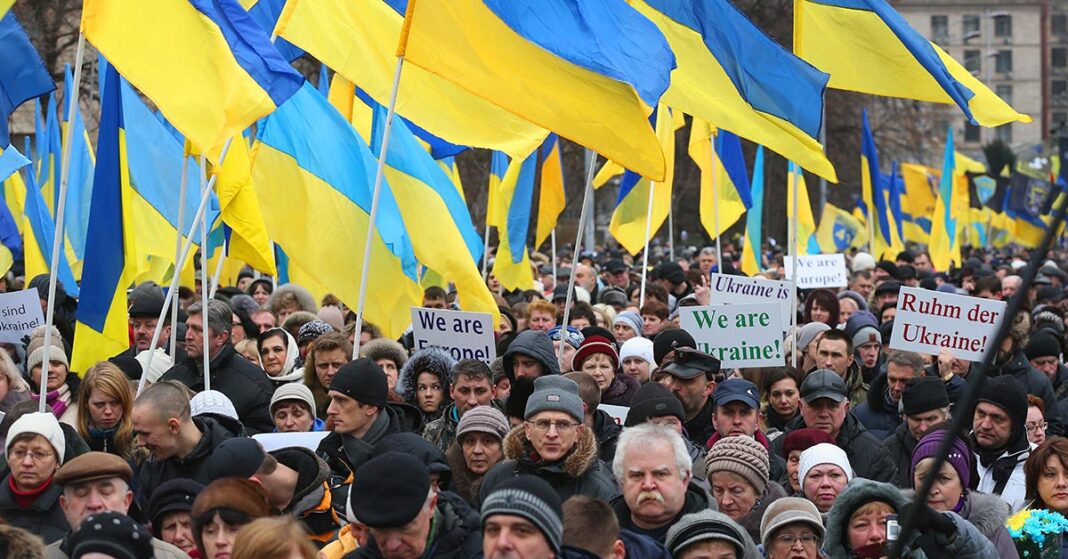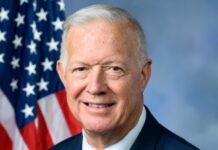In Ukraine and in Canada, the fourth Saturday in November is the official day of remembrance for the Holodomor. The Holodomor, a Ukrainian portmanteau for “death by starvation” or “terror famine,” refers to the Russian-engineered famine and genocide that killed millions of Ukrainians in 1932-33.
Before the Russian invasion of Ukraine this year, few Americans had heard of Ukraine. When I would tell others I was Ukrainian, it was almost universally met with bewilderment, so I don’t expect many in the U.S. to have heard of the Holodomor, either. The story should be told. It demonstrates the depth of evil historically perpetrated by Russia upon Ukraine and that the war by Russia on Ukraine began a very long time ago. Arguably, Russia has been waging war on Ukraine since Ukraine was forced into the Soviet Union in 1922.
In Joseph Stalin’s Soviet Union, agriculture was collectivized, including my grandfather’s farm in western Ukraine, meaning the farms were confiscated by the state. The results were predictable, with a dramatic fall in farm production in the breadbasket of Eastern Europe. While under Soviet leader Vladimir Lenin, Ukrainian nationalism had been acceptable. Lenin thought of nationalism as a tool to facilitate transformation from an agrarian state to the industrial and then the utopian communist state. Stalin, however, saw nationalism like religion, a threat to his absolute rule.
The crop failure became a crisis not to be wasted, a splendid opportunity to crush Ukrainian nationalism. To kill an entire nation by famine was not beyond the pale.
My dad was 12 years old as he watched well-fed Soviet soldiers driving the trucks with grain off to Russia. He described to me the town square of Drohobych, the streets covered by the corpses of those who had starved to death.
The Communist Party confiscated wheat and other grains, some of it sold internationally to fund industrial growth. Over one-third of villages were blacklisted and blockaded, with the people within left to starve. The peak of the famine took place in June 1933, when 28,000 people died per day.
Russia and its supporters deny or minimize the Holodomor, both then and now. Word got out through heroic Welsh journalist Gareth Jones, who witnessed the tragedy. In the U.S., Pulitzer Prize-winning journalist Walter Duranty of The New York Times denounced Jones and penned a perspective with the headline “Russians hungry, but not starving.”
Russia officially denied that there was any problem, and foreign aid was refused. However, a Communist Party plenipotentiary was quoted as saying: “The famine was brought about in Ukraine in order to reduce the number of Ukrainians, resettle in their place people from other parts of the (Soviet Union), and in this way kill all thoughts of independence.”
The Russians, capable of the Holodomor as a nation, can certainly be capable of the war crimes extensively documented in their “special operation” now. Ukrainians have so desperately fought the Russians because they are historically well aware of what the Russians can do. They anticipated the well-documented rape, torture, killing and profiteering, as well as the forced relocation of Ukrainians to God knows where. Ukrainians know the war is an existential battle because Russia has felt entitled to subjugate their rustic cousins throughout the nation’s history.
So the Holodomor story should be told and the victims remembered. Russia, under neo-Stalinist President Vladimir Putin, seems to have a zest for similar wickedness on an immense scale. Ukraine at last was free in 1991. In this Russo-Ukrainian war, anything less than total victory is not an option for Ukrainians because they know the history of the Holodomor.
Dr. Eugene Cherny is a second-generation Ukrainian American whose parents immigrated to the U.S. under the Displaced Persons Act of 1948.

















